What is Mochi?
The legend states that a wealthy man made a flat mochi from leftover rice and shot an arrow at it, causing the mochi to transform into a white bird and fly away.
Mochi, a traditional Japanese rice cake, has been a popular delicacy in Japan for centuries. Made from glutinous rice that has been pounded into a sticky, chewy paste, mochi is a versatile treat that can be enjoyed in a variety of forms, from sweet to savory.
History
The history and legend of mochi can be traced back to the late 8th century in the Nara period, as described in the Bungo no kuni fudoki. The legend states that a wealthy man made a flat mochi from leftover rice and shot an arrow at it, causing the mochi to transform into a white bird and fly away. It was believed that mochi had spiritual power, as demonstrated in this legend.
During the Heian period, mochi was often used in Shinto events to celebrate childbirth and marriage. Emperors and nobles would put mochi into the mouths of babies that were 50 days old. It was also customary for the bride and groom to eat mochi together at the bride’s house three days after the wedding.
Mochi became a part of New Year’s festivities during the Heian period, and was believed to symbolize long life and well-being. The nobles of the Imperial court would decorate long strands of freshly made mochi, while dried mochi was believed to help strengthen teeth. The Tale of Genji also mentions mochi during this period.
Mochi for New Year

The custom of kagami mochi, or mirror mochi, was introduced among the samurai class during the Muromachi period. Kagami mochi consists of two spheres of mochi stacked on top of one another and topped with a bitter orange, called daidai. The mochi cakes symbolize the year that has just ended and the year to come. The daidai, with its bright orange color, represents the sun and is believed to ward off evil spirits. Samurai would decorate kagami mochi with Japanese armor and swords and place them in the tokonoma to pray for their family’s prosperity in the New Year. After the New Year period, people would smash the kagami mochi with a wooden hammer rather than cut it with a knife to avoid violating the kami.
In addition to being a decoration, kagami mochi is also a popular food item during the New Year’s celebrations. The mochi cakes are often cut into smaller pieces and served with sweet red bean paste, called anko, as a traditional Japanese dessert called zenzai or oshiruko. Some also use the kagami mochi to make a savory soup called ozoni, which is typically eaten on New Year’s Day.
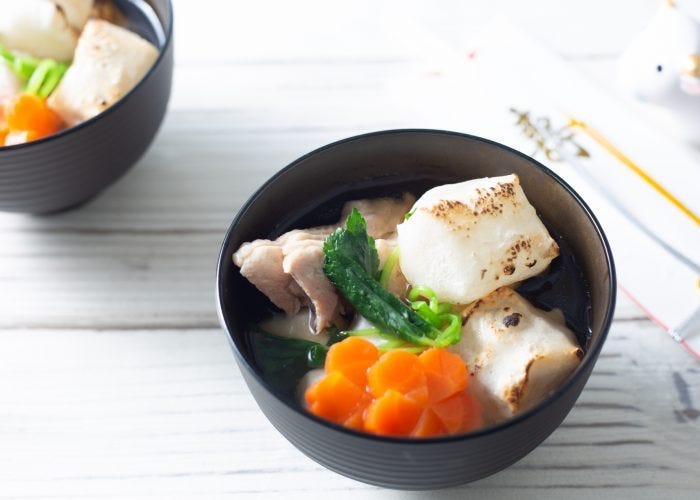
While traditionally kagami mochi was made at home by pounding mochi rice with a wooden mallet, it is now commonly sold pre-made in stores, making it easier to enjoy this traditional food without the labor-intensive process of making it from scratch. Additionally, there are now variations of kagami mochi, such as ones made with different flavors of mochi, or ones that have different shapes and decorations.
Regardless of how it’s made or served, kagami mochi remains a beloved part of Japanese New Year’s celebrations, bringing both decoration and delicious food to the festivities.
Traditional mochi making (Mochitsuki)
Mochi is a traditional Japanese rice cake made by pounding glutinous rice into a sticky and chewy mass. Mochi-making has been a part of Japanese culture for centuries and is often done during special occasions and festivals. The process of making mochi involves a lot of physical labor, and it is typically a community effort.
The first step in making mochi is washing and soaking the glutinous rice overnight. The rice is then steamed and transferred to a large mortar or a wooden box called an usu. A person known as the tsuchiya then uses a large wooden mallet called a kine to pound the rice, while another person called the kijiya turns and wets the rice with water to prevent it from sticking. The pounding continues until the rice becomes a smooth and sticky mass.
Once the mochi is ready, it is shaped into small balls or squares and used in various dishes. Some common ways to eat mochi include grilling it, wrapping it in seaweed, or stuffing it with sweet bean paste. Mochi is also commonly used in soups and desserts, such as ozoni, a traditional Japanese New Year’s soup, and daifuku, a sweet mochi stuffed with sweet bean paste or fruit.
Mochi-making is not just a way to prepare food, but it is also a way to bring people together and celebrate community. In many rural areas of Japan, mochi-making festivals are still held every year, where people gather to pound the rice and enjoy the fruits of their labor. Mochi-making is not only a part of Japanese culture but it is also an art form that requires skill, patience, and teamwork.
Modern mochi
Mochi is now commonly sold pre-made in stores, making it easier to enjoy this traditional food without the labor-intensive process of making it from scratch. One popular type of modern mochi is rice cake kirimochi, which is typically sold in pre-packaged blocks. These blocks can be quickly and easily sliced into smaller pieces and used in a variety of dishes, such as soup, stir-fries, and grilled dishes.

Another modern type of mochi is kakumochi, which is a crisp, baked mochi snack that can be found in many grocery stores and specialty shops. These crunchy treats are often flavored with soy sauce, seaweed, or other seasonings and make for a convenient and tasty snack on the go.

While traditional mochi making is still practiced in some regions and for special occasions, the availability of modern mochi varieties has made this beloved Japanese treat much more accessible to people around the world. Whether you prefer the sticky, chewy texture of traditional mochi or the convenience and variety of modern options, there’s no denying that mochi has become a beloved part of Japanese cuisine and culture.
Popular everyday mochi

One popular form of mochi is the daifuku, which is a small, round mochi filled with sweet red bean paste. Other sweet mochi treats include mochi ice cream, which is a scoop of ice cream wrapped in a layer of mochi, and sakura mochi, which is a pink-colored mochi filled with sweet red bean paste and wrapped in a pickled cherry blossom leaf.
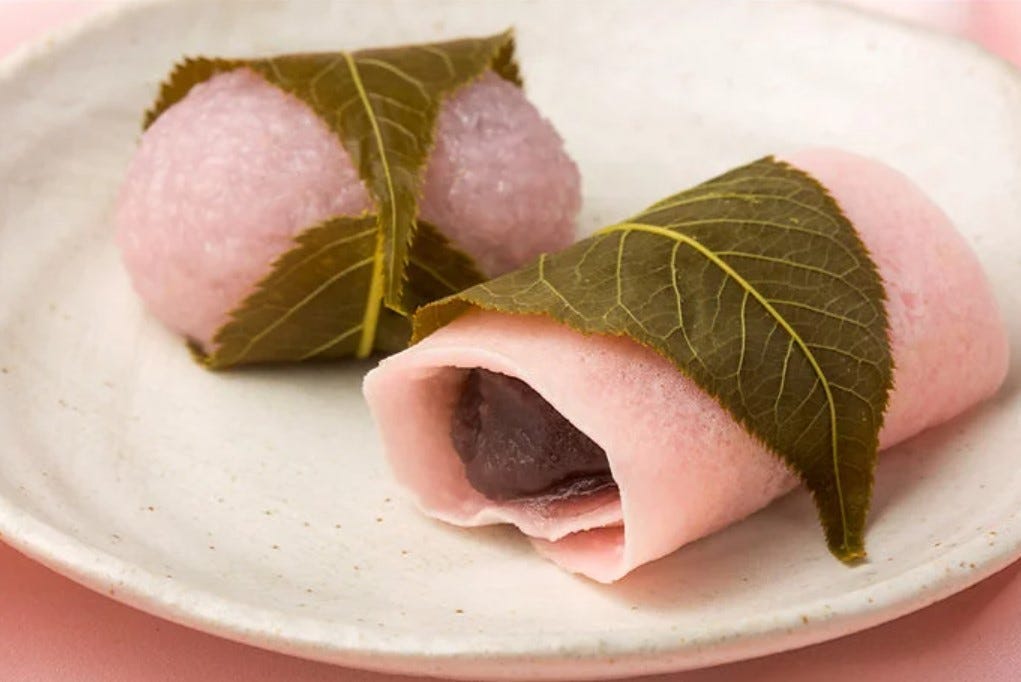
Savory mochi treats also exist, such as grilled mochi, which is brushed with soy sauce and grilled until crispy, and ozoni, a traditional Japanese New Year’s soup that includes mochi.
Mochi in other parts of the world.
One popular mochi treat is the ice cream mochi, which originated in Japan but has since become popular in many other countries. This sweet treat is made by wrapping a ball of ice cream in a thin layer of mochi, creating a soft and chewy texture that complements the cold ice cream filling. Ice cream mochi comes in various flavors and can be found in specialty ice cream shops, Asian supermarkets, and even some mainstream grocery stores.
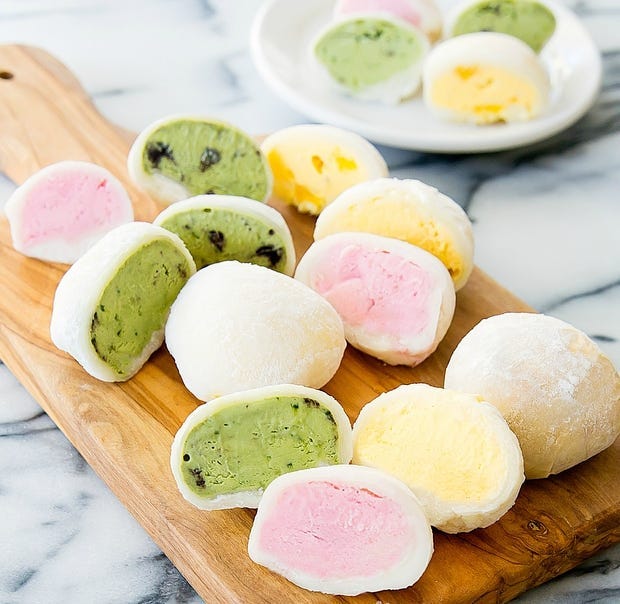
In Hawaii, a popular variation of mochi is the butter mochi. This dessert is made with mochiko (sweet rice flour), sugar, eggs, and butter, resulting in a dense and chewy cake that is often served as a snack or dessert. Butter mochi can be found in many local bakeries and markets in Hawaii, as well as in some Japanese and Asian grocery stores on the mainland.
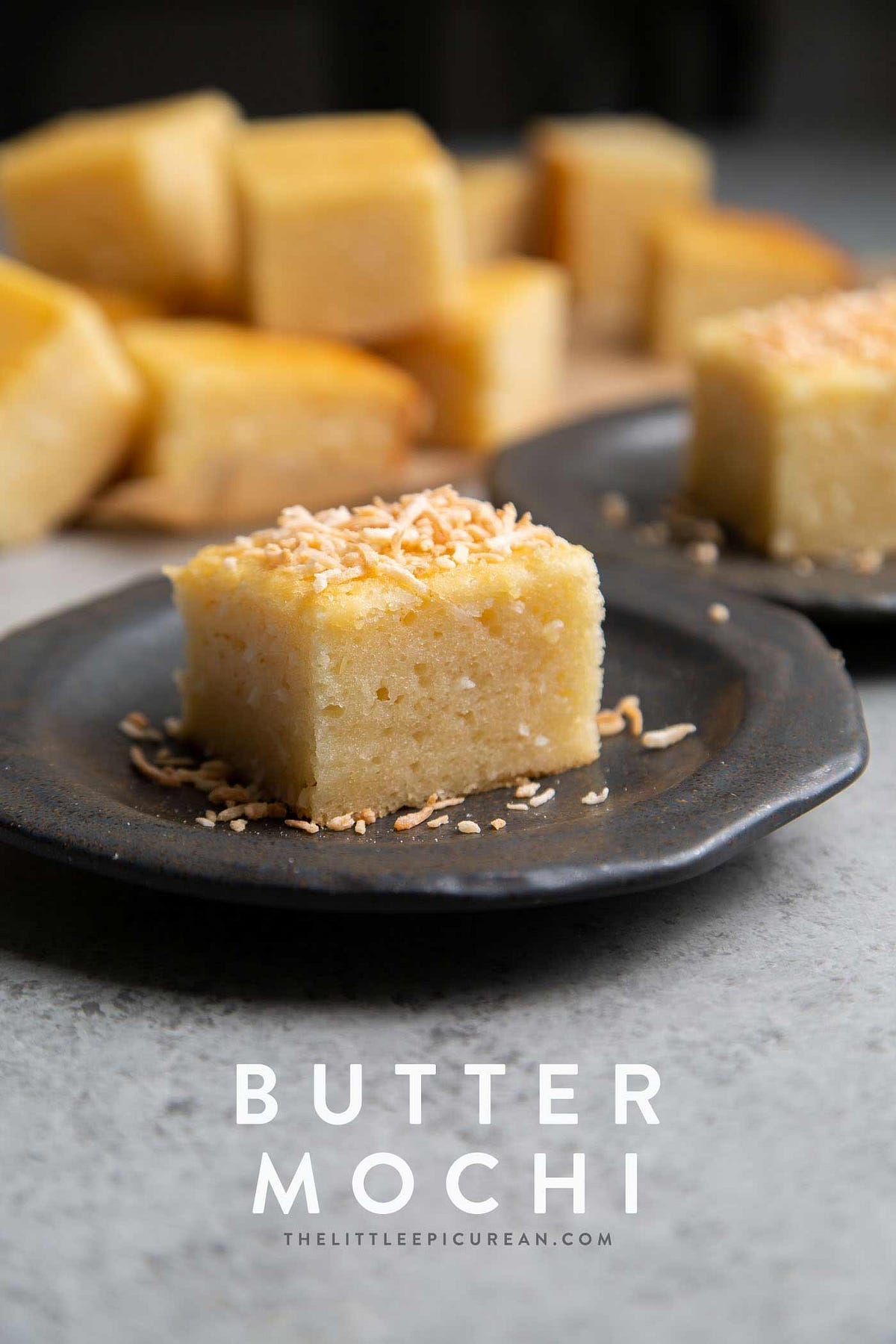
In Taiwan, the mochi is often served with peanut powder and other toppings. This version is called tangyuan and is typically made with glutinous rice flour and filled with sweet fillings such as red bean paste, sesame paste, or peanut butter. Tangyuan can be served hot or cold and is often enjoyed during the winter solstice and other special occasions.
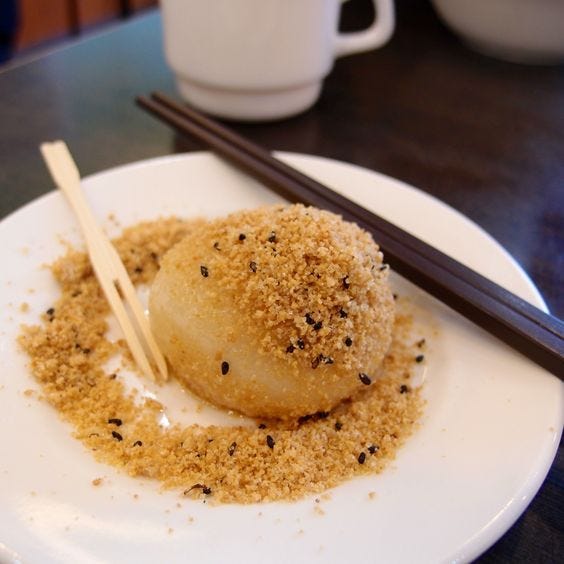
In Korea, a similar rice cake dessert called tteok is popular and can be found in many traditional Korean markets and specialty shops. Tteok can be sweet or savory and is made from glutinous rice flour, making it similar in texture to Japanese mochi. In Korean cuisine, tteok is often used in soups or as a snack.
In addition to these popular adaptations, mochi has also become a popular ingredient in fusion desserts, such as mochi brownies and mochi doughnuts. With its unique texture and versatility, mochi is sure to continue to be a beloved treat around the world.
Special mochi variations for different occasions
Kashiwa-mochi and chimaki are made especially for Children’s Day on May 5, with kashiwa-mochi being white mochi filled with sweet red bean paste and wrapped in a kashiwa oak leaf, while chimaki is a dango variation wrapped in bamboo leaves.
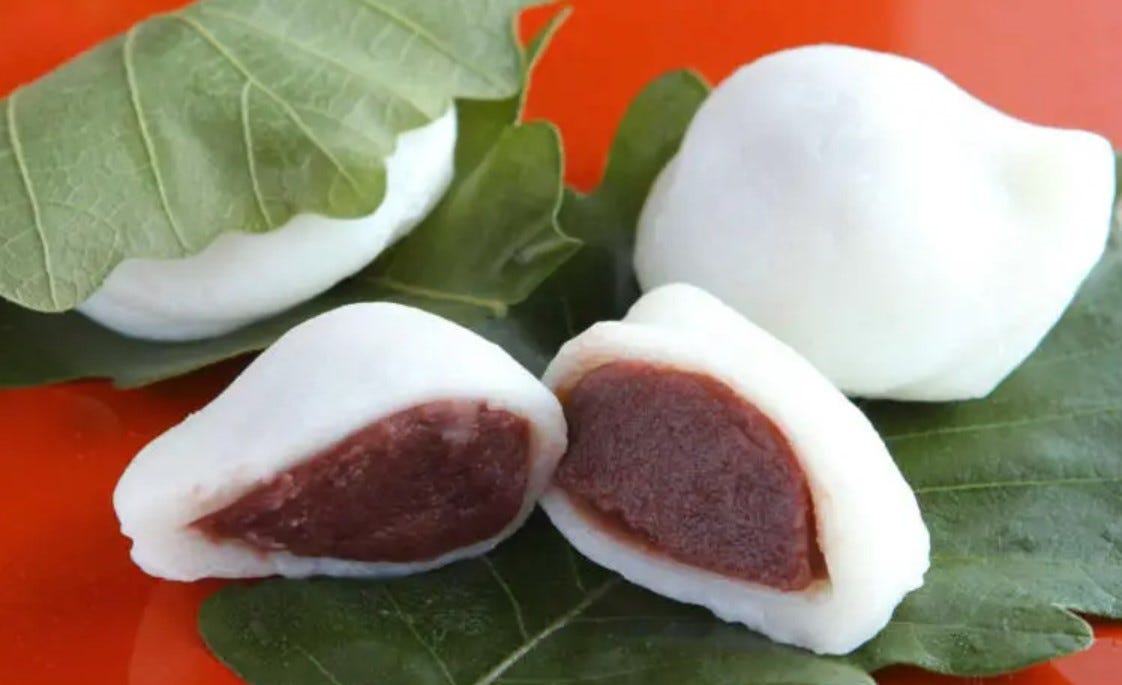

Hishi mochi is a ceremonial dessert presented as an offering during Hinamatsuri, or Girls’ Day, on March 3. It features rhomboid-shaped mochi with layers of red, green, and white colored with jasmine flowers, water caltrop, and mugwort.

These variations of mochi showcase the cultural significance and versatility of this beloved Japanese dish.
In conclusion, mochi is a delicious and unique treat that has been enjoyed in Japan for centuries. Its chewy texture and versatility make it a popular choice for both sweet and savory dishes. While it’s important to be aware of the potential choking hazard, mochi is a delightful treat that is definitely worth trying if you have the chance.
I’m just a humble fan who loves all things Japanese and hopes to bring a little bit of that love to you. Arigatou gozaimasu!
Source
知ってる?ひな祭りに飾る「菱餅」の正しい食べ方|@DIME アットダイム
Chimaki Recipe — (History, Health Facts, Variations, and where to buy) (foodinjapan.org)
餅 — Wikipedia
【THE餅】切り餅 | もち吉 あられ・おせんべい・おかき・和菓子のお店 (mochikichi.co.jp)
桜餅、関東は巻くタイプの長命寺、関西はモチモチの道明寺。あなたの地域はどっち?(季節・暮らしの話題 2018年03月09日) — 日本気象協会 tenki.jp
新潟県産特別栽培米切り餅|こだわり餅|切りもち・丸もち|商品紹介|越後製菓株式会社 (echigoseika.co.jp)
生こもち(丸餅小10個入り)400g | 丸もち・とぼもち | 大福もち・お正月もちのあらたま食品 | 福井の新珠食品 (aratama.jp)
お正月の鏡餅はいつまで飾る?飾り方から鏡開きまでのコツを紹介 | CHINTAI情報局
Butter Mochi — The Little Epicurean
All photos belong to their respective websites, as indicated in
the captions. For more information, you may click to visit the provided
sources, which will lead to external websites, unless stated otherwise.






